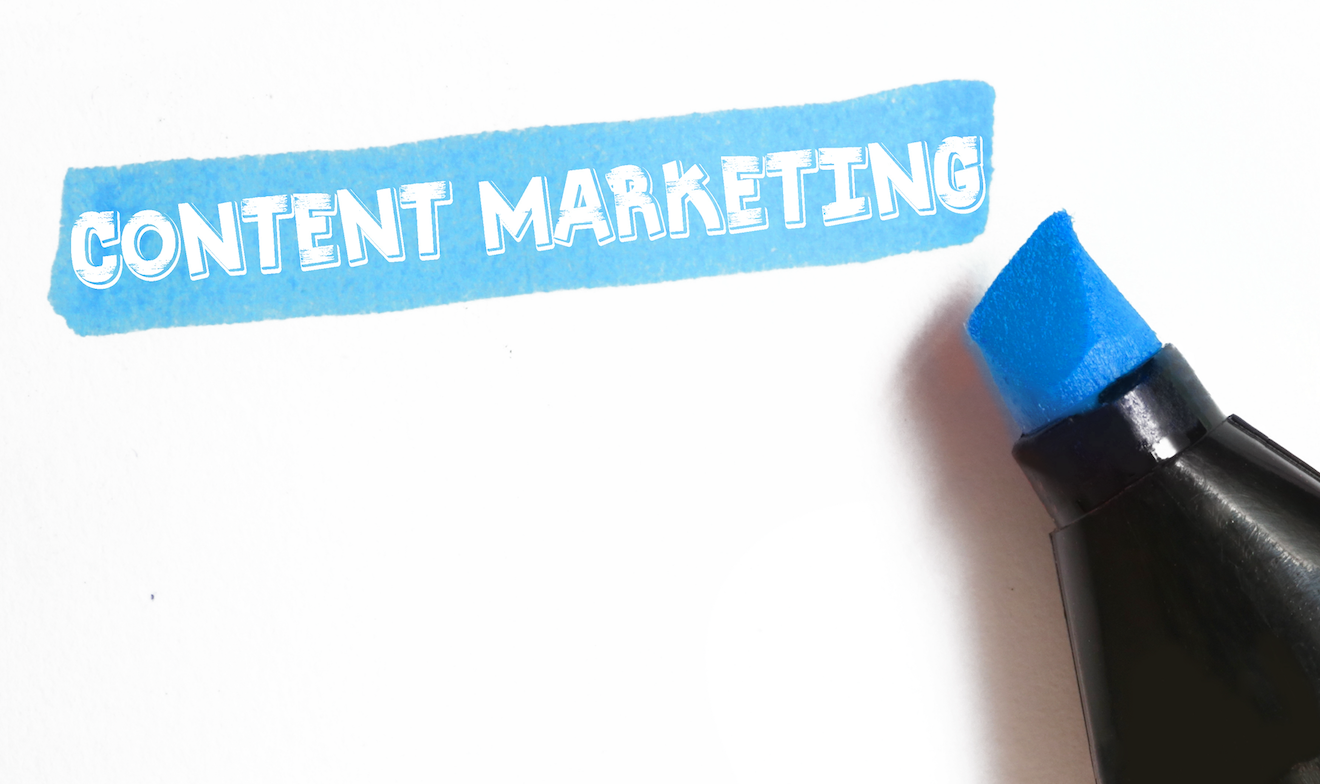Content can be defined in simple terms as information presented via an electronic medium like a website. It is the message your business shares with audiences in digital marketing activities. So, just how much of it do you need? In this article, we’ll be looking at the quantity of quality content you’ll need to be successful in the market.
Every output, whether textual or not, forms part of your business’s published content. With so many aspects under the umbrella of content marketing, it’s easy to become overwhelmed with the amount of information you’re required to produce and share. What's more, before that process begins, you’ve got to conduct a range of research. The research will let you know what types of content you need to be creating and who it’s for (your buyer personas).

Popular Types of Content
- Blog Posts
- Emailers
- Social media captions, posts, and clips
- eBooks
- Webinars
- Videos
- Podcasts
- Infographics
- Case studies
- Animations
- Presentation slides
- Listicles
- Interactive posts
You need to have a well-rounded and diverse set of media in your marketing mix to keep things interesting, suit different platforms and content purposes, and appeal to your audience.
Figuring Out How Much Content You Need
It all begins with storytelling. Defining your brand and communicating it with your audience.
Content for Your Website
Content really begins with your website, since this is your digital storefront and ideally where you’ll be redirecting people to.
But what if my business is run on social media? While these platforms are great to have and use, businesses should aim at having a website as an asset that they own since operating completely via network puts you at risk with limited control and true ownership of the space.
Your brand story will determine the type of language you use whenever you’re communicating across all digital channels. Once you have crafted your ‘About Us,’ you can use this information to develop your social media platform bios and information. How much of this you need will depend on how many channels and platforms you use, though sticking to a few audience favorites that you can adequately manage is best. Content for your website includes landing pages, blog posts, and pillar pages.
Output Across Digital Channels
The content you create for campaigns and general marketing should be integrated across platforms, which saves you time from creating too much content altogether. That said, it should be diverse and include multi-media elements. Include images, text, and video where possible. It should also be noted that since content marketing has become a staple for businesses the world over, audiences expect to see quality content from brands. Quality thus still takes prevalence over quantity, so be sure your marketing messaging meets these standards.
Maximizing Content
You may have heard that content marketing is recession-proof. That is true - it is a long-term strategy for businesses since time is required before SEO results begin showing. All content should be optimized as this can help it achieve a wider reach, thereby reducing your content requirements in the long run. The basics include alt text on your images and making blog posts that are user-friendly. The type of content you create will also serve different purposes, like being navigational, educational, or transformational.
The Role of the Customer Journey
Your content should appeal to your audience, but also to every stage that they experience with your brand. You’ve got to share broad content topics for awareness, then hone in on more specific needs that foster relations and lead to sales. Once all is said and done, you’ve got to create content that’ll inspire your customers to become long-term brand advocates.
Related: Creative Ways to Repurpose Content
Your Business’s Content Needs Sorted
When developing your content strategy, you can map out each of the aspects above. You should end up with a complex set of segments that will require content. From there, you can determine the content to best fit each platform, which you can come to rely on as templates to make the process easier and keep your outputs consistent. Then, you’ve got to plan out your campaigns and actually begin creating them, ready to publish. Content should be reviewed on a quarterly or bi-annual basis to monitor performance and make adjustments to improve upon where necessary.
Now we’re getting closer to answering the question of how much content your business needs. To circle back to the quality of content - once you’ve assessed your content needs, you’ve got to figure out the best way to fulfill them. You can outsource the work to an agency that can do it all professionally for you, work with freelancers on an ad hoc basis, or hire in-house (though don’t assume one content king or queen can produce all the necessary types of content. More often than not, you’ll require a team). Again, this will depend on your business’s needs and your budget. If you’re thinking content is iffy when it comes to money, fret not. You can assess and measure the ROI of your content to make more informed decisions.
Ready to get just the right amount of cracking content for your business? Speak with us at Nexa.
%20(1).png?width=2701&height=607&name=BRC_NEXA_LOGO_WHITE%20(2)%20(1).png)
